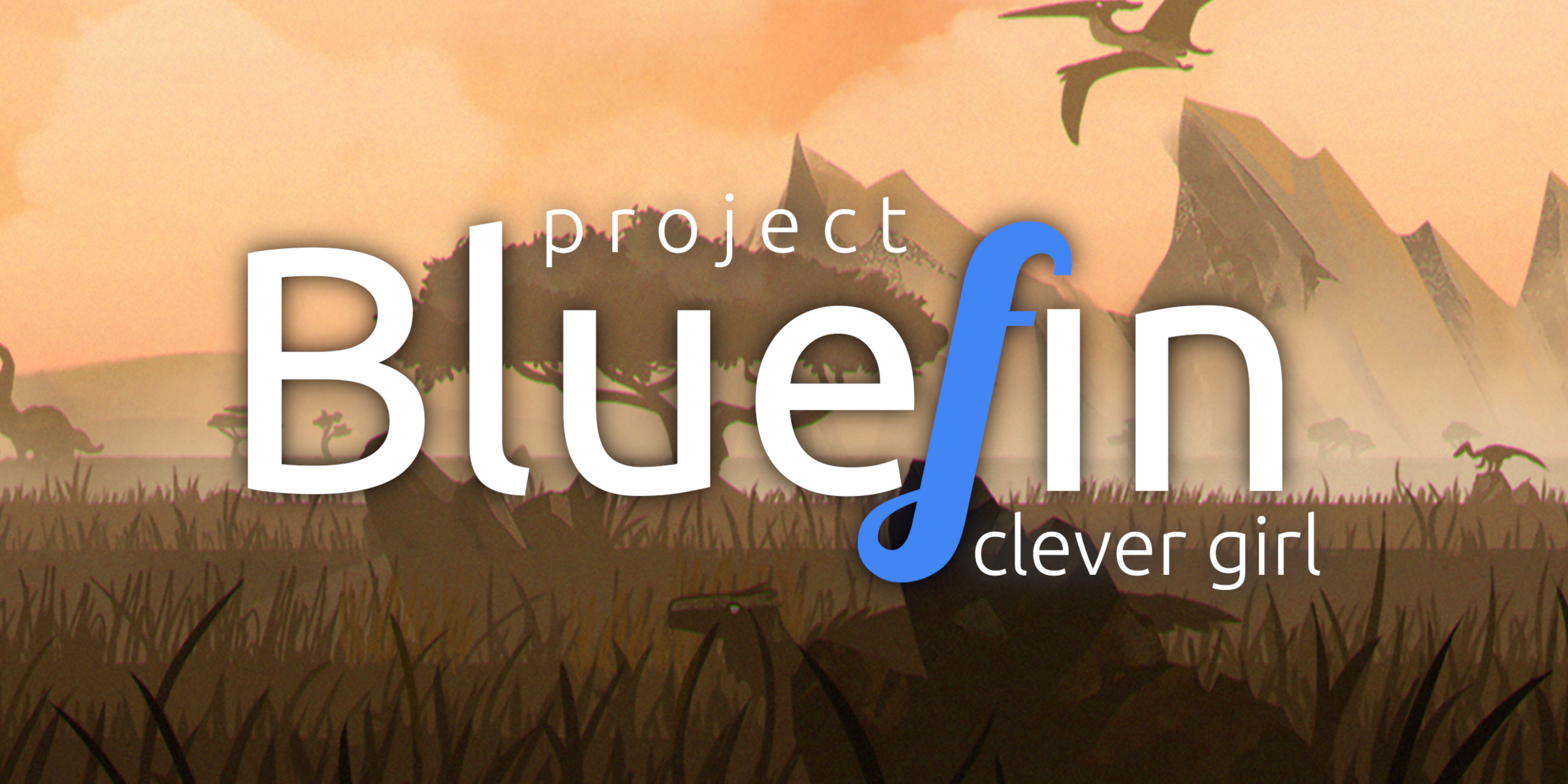- 4 Posts
- 31 Comments

 2·11 months ago
2·11 months agoHey there! And thank you for reading.
Let’s take your example, as a Nomad cluster operator. The Acme Corporation may have a team for provisioning and maintaining this Nomad cluster. The organization wants to give customers the option for self-service. As a Nomad cluster operator on the Nomad team, because you are empowered with agency and visibility, you get to think of creative solutions to the problem of self-service. The billing team? They’re doing that too. And your two teams may collaborate. But the onus is on you to be creative and work within your skillset to best deliver.
Maybe you decide to go sit with the billing team for a week to understand the provisioning flow from the moment a customer presses pay to the automatic creation of a new Nomad cluster. Because you are empowered, you act. You’re happier because you don’t have to go through seven layers of command to be effective.
Does that help?

 1·1 year ago
1·1 year agoWebOS powers TVs now and, from the article, Amazon intends this replacement to cover their Fire tablet line. WebOS ticks all their boxes, especially since apps in Amazon’s new flavor are intended to be delivered as React Native web apps.

 6·1 year ago
6·1 year agoI’m devastated they didn’t choose to pick up webOS for this.
If you’re looking for the GitLab version of Codeberg’s hosted Forgejo Git forge, there’s Framagit hosted by Framasoft.

 1·1 year ago
1·1 year agoThis sounds like something your end as I get cached builds every time, rootlessly even. Podman also supports cache mounts.

 2·1 year ago
2·1 year agoCheck my comment history for an example of a simple bind mount
compose.yamlI use for developing a small Python project. It’s exactly the same as Docker Compose (since Podman Compose follows the Compose spec) but if you’re just getting started, it might be a good skeleton to build on.

 4·1 year ago
4·1 year agoThere’s real usability benefits too. I’ve collected some anecdotes from Reddit:
Rootless podman is my first choice for using containers now, it works fantastically well in my experience. It’s so much nicer to have all my container related stuff like volumes, configs, the control socket, etc. in my home directory and standard user paths vs. scattered all over the system. Permission issues with bind mounts just totally disappear when you go rootless. It’s so much easier and better than the root privileged daemon.
and,
If you are on Linux, there is the fantastic podman option “–userns keep-id” which will make sure the uid inside+the container is the same as your current user uid.+
and,
Yeah in my experience with rootless you don’t need to worry about UID shenanigans anymore. Containers can do stuff as root (from their perspective at least) all they want but any files you bind mount into the container are still just owned/modified by your user account on the host system (not a root user bleeding through from the container).
finally,
The permissions (rwx) don’t change, but the uid/gid is mapped. E.g. uid 0 is the running user outside the container, by uid 1 will be mapped to 100000 (configurable), and say 5000 inside the container is mapped to 105000. I don’t remember the exact mapping but it works roughly like that.
I try to write about it as much as I can here! There’s also !guix@lemmy.ml

 2·1 year ago
2·1 year agoI use Logseq for everything. I’ve found the more you throw into it the more useful it becomes since your touch points are so frequent and that gets you thinking through and exploring your graph more. I’ve yet to use any of the data query features but I’ve heard they’re incredibly powerful.
Whiteboards are just a fantastic way for modeling a topic or themes you know you want to turn into a deliverable when the how is uncertain.

 5·1 year ago
5·1 year agoNow that I’ve finished the first draft of an article on setting up rootless Podman on Guix System, I’m using and building out a set of tools to support a new article covering an all Red Hat stack from inner loop to CI.
So far, it’s
- OpenShift for the platform services run on
- Podman for my local container engine
- Podman Compose for inner loop development
- Tekton Pipelines for CI
- Shipwright for building container images with Buildah in CI
- Quay for image scanning and storage

 1·1 year ago
1·1 year agoHmm, well Fedora on its own (so no Silverblue) is very much your classic way of shipping a distro. That tends to mean that, over time, “cruft” accumulates as you upgrade your system, uninstall/reinstall packages, etc. They leave bits of themselves behind that can cause unwanted behavior.
Fedora Silverblue, that Bluefin is based on, treats the entire system layer as “immutable”. Basically, it ensures consistency so that upgrades and package upgrades don’t leave the system in an inconsistent state.
What Bluefin adds on top of this is a set of opinionated, pre-configured layers suited for getting particular groups of tasks done. Those layers are also immutable and tested as a whole, which makes shipping those layers at velocity easy (faster upgrades, less wonky behavior on upgrade) and easy to swap between, so you can go from gaming to developer mode without worrying about an accumulation of cruft.
Is that helpful at all? There’s also this announcement blog post, which I found very helpful in understanding the value proposition.

 1·1 year ago
1·1 year agoBecause it uses OCI images, it auto-updates like a Chromebook, and you can switch between modes, like say a gaming mode that’s a full SteamOS replacement, to a mode that gives you an entire development environment without needing to install and configure these layers or stacks of capabilities yourself.
That’s very powerful. For cloud native developers like myself who are used to working with container images as the deliverable artifact, this makes that workflow very easy. Podman is included. You can create entire development environments at will that are totally “pure”: no side effects because everything you need is in the container. That’s a Dev Container.
For what it’s worth, I just wrote up a
compose.yamlfile as I’d write it for Docker Compose and it just worked. See the bottom of my comment on this GitHub issue for an example. I think the team’s intention is for it to transparently support whatever you’d write for a standard Compose file but of course we don’t have things like the brand new Dockerwatch. They do point to the Compose spec in the Podman Compose README. Bind mounts are good enough for me, thus far.

 1·1 year ago
1·1 year agoThe old homegrown Pardus was really something special with its Kaptan system configuration tool and PiSi package manager.

 1·1 year ago
1·1 year agoI love Guix and want to see it get more recognition but I’ve never been able to get Distrobox working on Guix System, have you? I opened a discussion on the Distrobox GitHub but it was quickly closed.
I use Guix Home too and love it! Never been able to figure out how to get git-annex to work, especially on an Android device.
I used to use this but nowadays I prefer the single, declarative file approach of Guix Home and Home Manager.

 8·1 year ago
8·1 year agoCan’t believe I’m the first one to come in with Guix System!! I like it because, just like NixOS, it’s immutable, declarative and pure. I also dig that everything is written in Guile Scheme, a full-fat programming language. You don’t need to know the language exhaustively to get started. There’s some wonderful folks in the community though it’s a bit spread out since not everyone wants to chat on IRC and mailing lists.
The Guix sublemmy.

 3·1 year ago
3·1 year agoHey I live in Denmark! How unexpected it is to hear Linux runs in some municipalities: in my sector you only hear of Microsoft running on most of the public infra but my knowledge is limited to Copenhagen.





The original EverQuest theme song was mine. Captured the epic wide-eyed wonder of going on an adventure perfectly.